Ko.Holz – Municipal timber construction: Transfer of experience and knowledge/insights for the planning and construction of public timber buildings in larger building volumes
Keywords: timber construction in larger building volumes, resource efficiency, increasing acceptance and communication
Subject and objectives of the project
In view of the energy and resource crisis, the extensive use of materials with a low ecological footprint is a key lever for decarbonizing the building materials sector. Wood and renewable raw materials in combination with minimal use of building technology lend themselves to being used increasingly in larger building volumes. In Germany, for example, a national timber construction initiative was adopted in June 2023 against the backdrop of the EU Green Deal in order to significantly increase the proportion of buildings made of wood. The construction of large, public timber buildings is still in its infancy in the Czech Republic. Both historically traditional attitudes and normative regulations represent obstacles here. As there are few high-quality wooden buildings available in the Czech Republic, there is a lack of opportunities to experience the advantages of large wooden buildings with one’s own eyes.
At present, single-family houses are primarily built from wood in the Czech Republic. The widespread construction of public timber buildings is prevented, among other things, by the fire protection requirements for buildings. As the legal and normative requirements relating to the European Green Deal are currently being revised in the Czech Republic, the project represents a valuable initiative to transfer current findings from German-speaking countries to the Czech Republic. There is a lack of experts and informed investors who are able to effectively design, plan and implement climate-adapted buildings.
Numerous exemplary and inspiring timber buildings have been built in Germany using modern timber techniques and hybrid construction methods. The use of computer-aided planning and industrial production is also used to exemplary effect in timber construction. Nevertheless, the proportion of timber construction in Germany can also be increased. A lack of knowledge and experience should therefore be addressed by providing comprehensive advice and information, imparting specialist knowledge about building with wood and training skilled workers.
Work steps:
- Planning and implementation of three two-day excursions with approx. 30 German and Czech participants (including lectures, discussions, visits) to innovative large-scale public buildings made of wood in Germany.
- Creation of five English / German video reports (approx. 10 minutes) with Czech subtitles and three virtual 3D tours of exemplary large wooden buildings with regard to building typology, construction and design concepts as well as transferability and feasibility; dissemination via the ADMD and NBL channels (website, Facebook, Instagram, LinkedIn, Holzbauatlas Berlin Brandenburg) and via the channels of ADMD partners and member companies.
- Development of the concept and implementation of one-day conferences for approx. 120 representatives of the municipal sector in 6 Czech regions for networking and further training of investors, decision-makers and planners from the public sector.
- Preparation and implementation of twelve subject-specific online seminars “Wood Camp” for the professional public (approx. 180 participants) on topics related to public buildings, such as fire protection of buildings, protection of buildings against moisture, conversion, extensions and additions in an urban context, acoustics, ventilation, heating and cooling systems, LCA assessment of buildings and materials and many others.
- Presentation of examples of best practice at the two-day international conference “Wood camp live” in Brno in 2024 by the project partners and invited speakers from the project
- Transfer of experience and knowledge for the determination of gray energy (“built-in”CO2) and fire protection regulations in timber construction with an inventory of the current state of research and practice as well as established tools for determining gray energy and fire protection regulations in Germany and the Czech Republic. Recommendations for Czech standards and regulations will be derived and discussed with experts.
- Creation and design of an information campaign in the social media on the topics dealt with in the project, such as natural building materials, LCA of materials and buildings. The properties, benefits and environmental impact of natural building materials and entire building systems, their possibilities and the life cycle assessment of both individual materials and entire buildings are presented step by step using best practice examples, e.g. from holzbauatlas.berlin.
- Expansion of the existing ADMD digital map of wooden buildings in the Czech Republic by creating a new section with information on at least 10 visited and other public buildings in Germany, also using information from holzbauatlas.berlin.
- Expansion of the Berlin-Brandenburg Timber Construction Atlas to include around 30 new projects from the other federal states and the organization of a discussion event at the TU Berlin.
Innovation and exemplary nature of the project
As part of the project, important players from politics, administration, research and practice with tasks in the field of construction and planning will be networked with each other, something that has never been done before in the Czech Republic. Networking and the exchange of knowledge and experience through the video reports, 3D tours and excursions will reveal new intersections in terms of content and lead to the creation of an important model for overarching cooperation, joint communication strategies and the collection of inspiring ideas and concepts.
The project aims to raise awareness among stakeholders involved in the planning and construction of public buildings, particularly with regard to building with wood and natural building materials, low energy and resource consumption and architectural quality. The project content is intended to give public timber buildings greater visibility and act as positive examples and role models. The Berlin Brandenburg Timber Construction Atlas has established itself as a successful tool for archiving and imparting knowledge and continues to attract large numbers of visitors. Extending the atlas to the whole of Germany would give this unique medium an even greater scope, relevance and impetus.
Special aspects of the project
The long-term goal of the project is that its results will contribute to a change in the planning and building culture in the Czech Republic and Germany and that it will lead to the realization of public buildings in timber construction by increasing the motivation of investors in public construction projects. At the same time, the project should also have a positive impact on other areas of sustainable development and promote German-Czech cooperation.
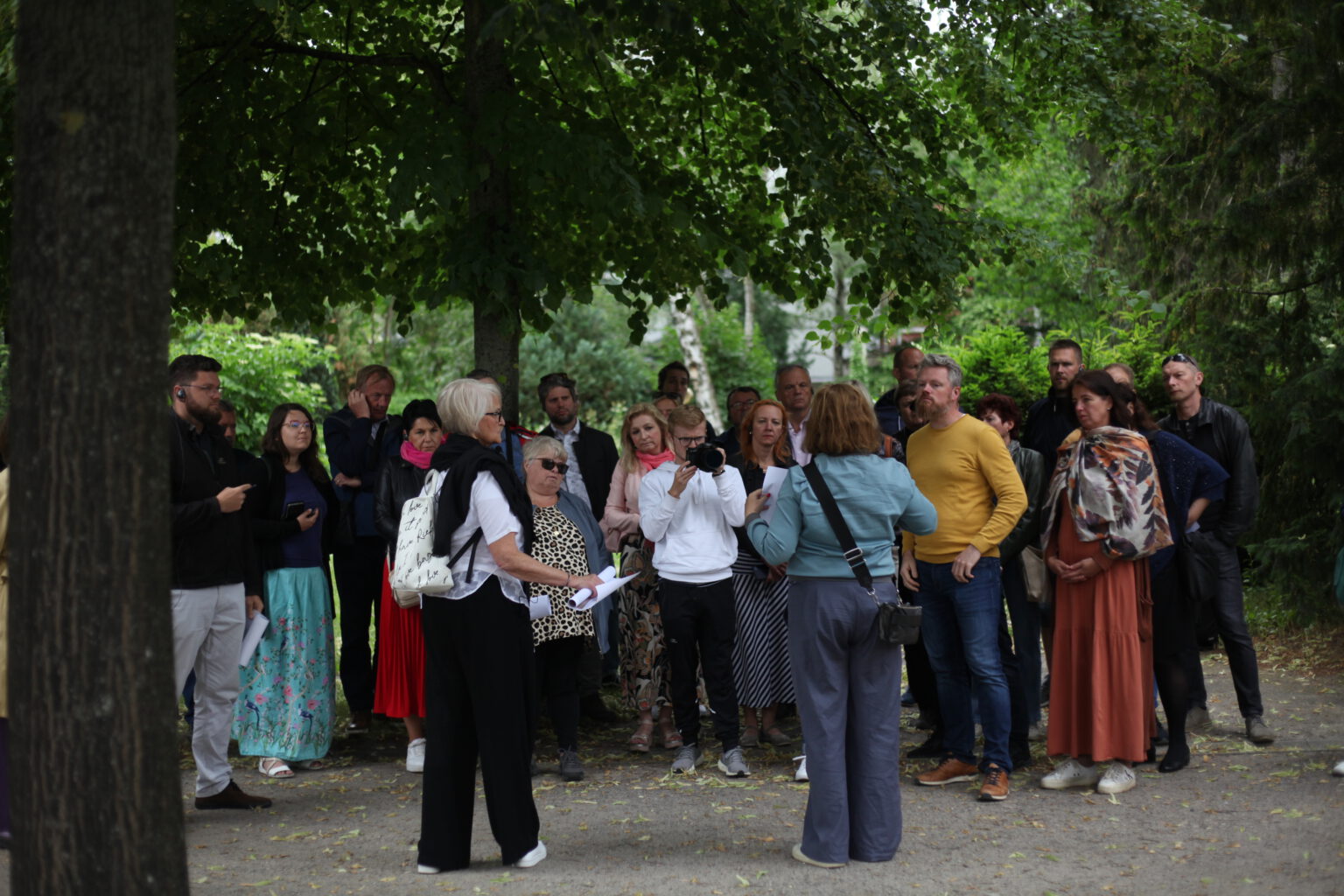
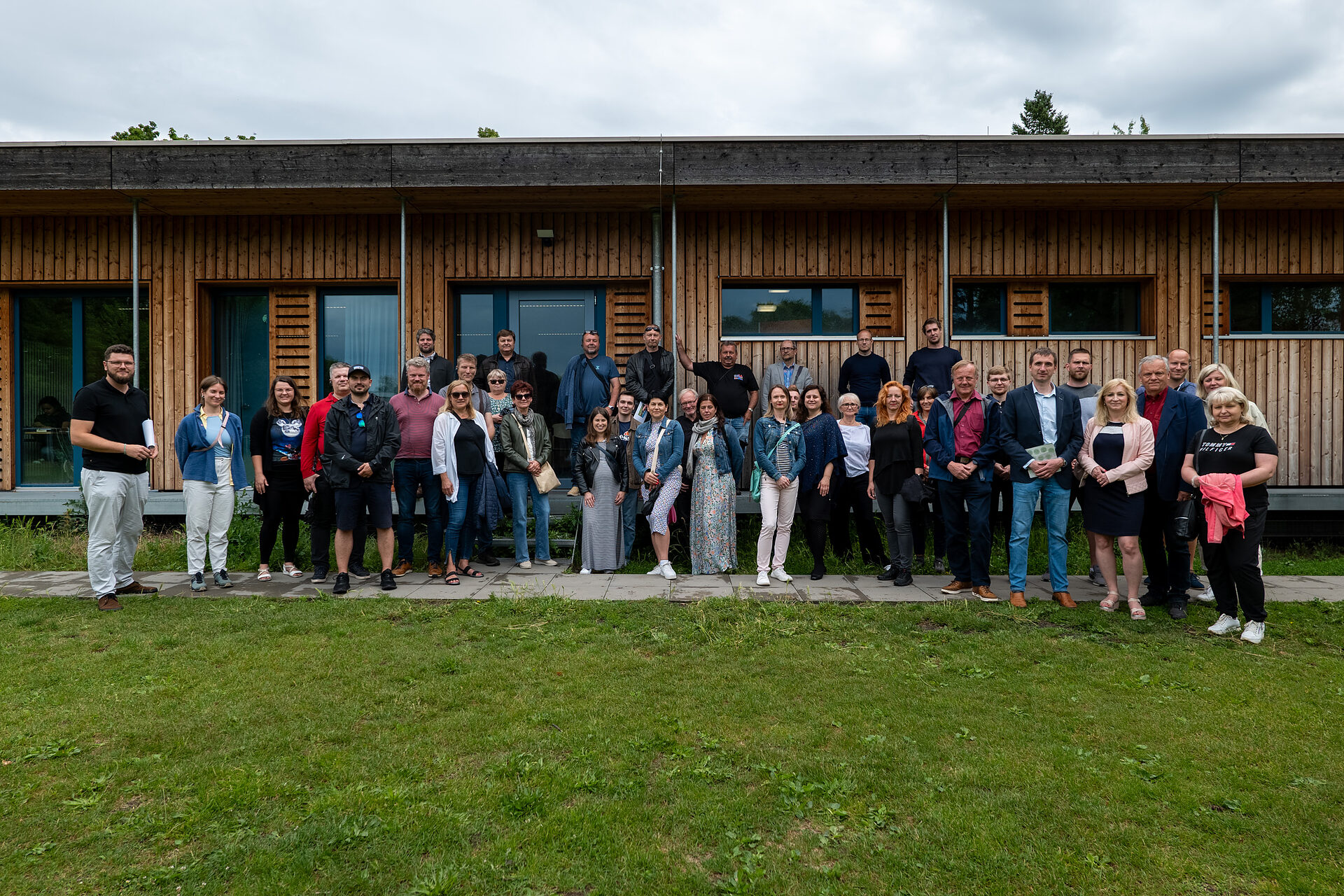
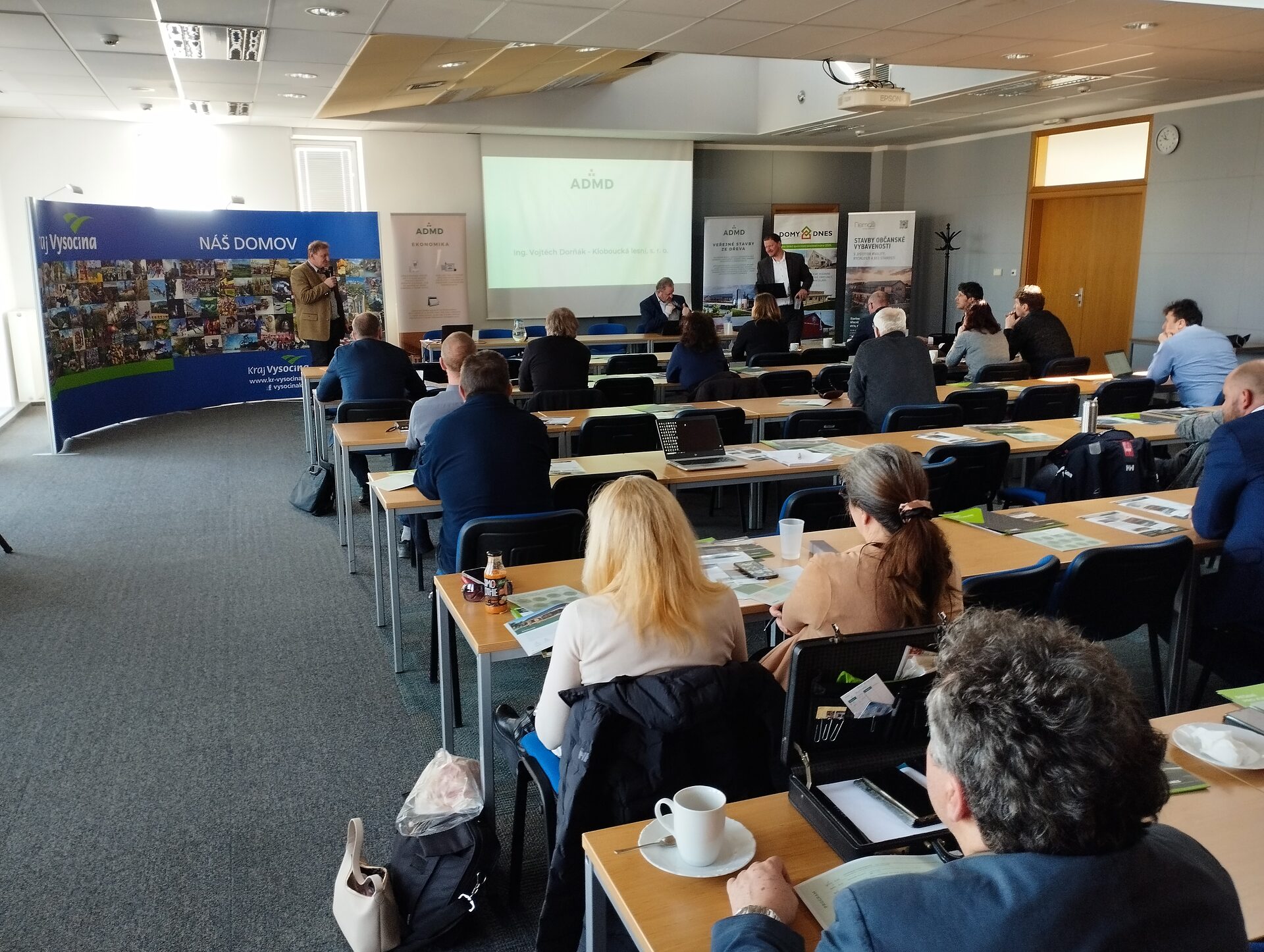
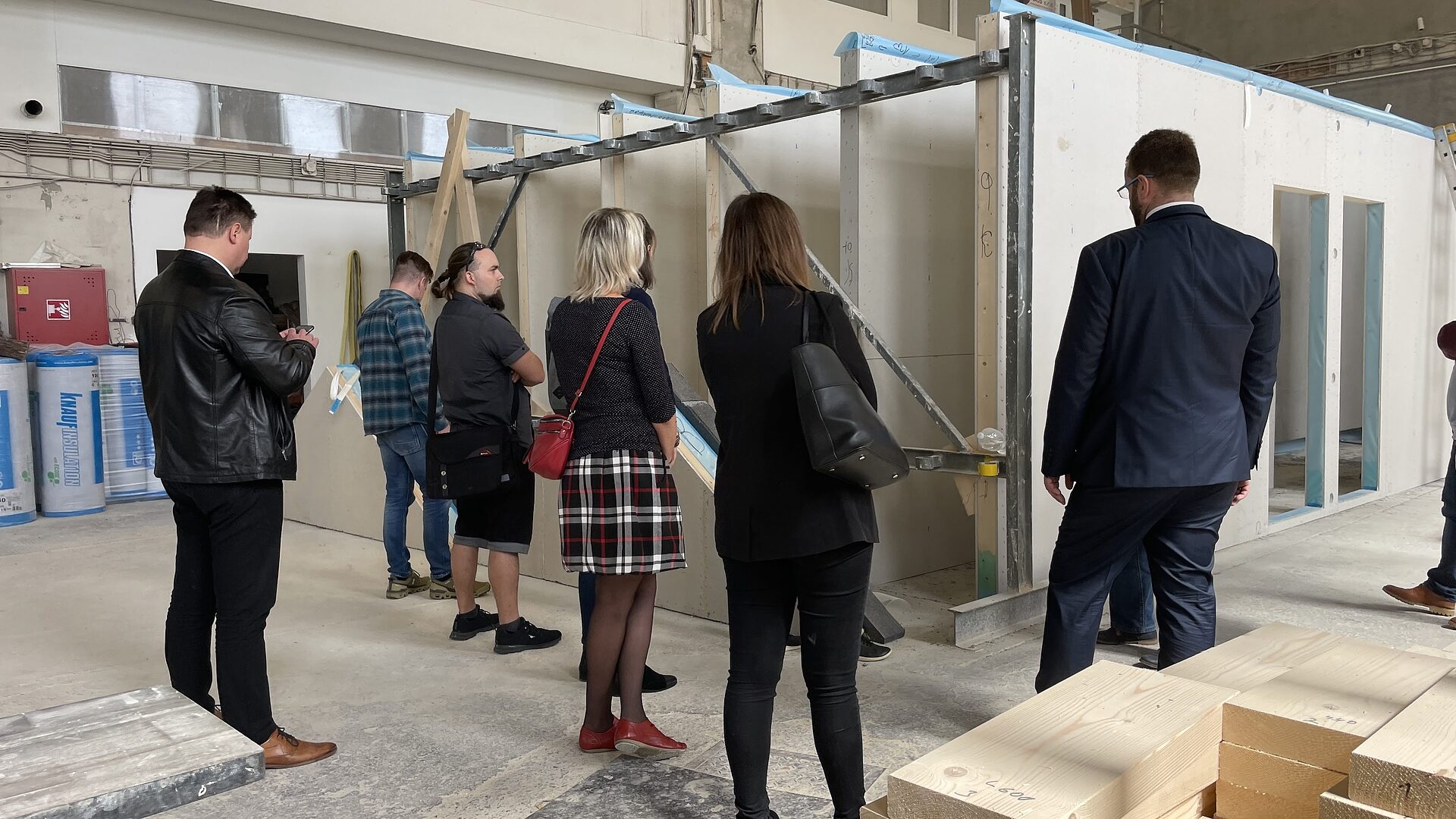
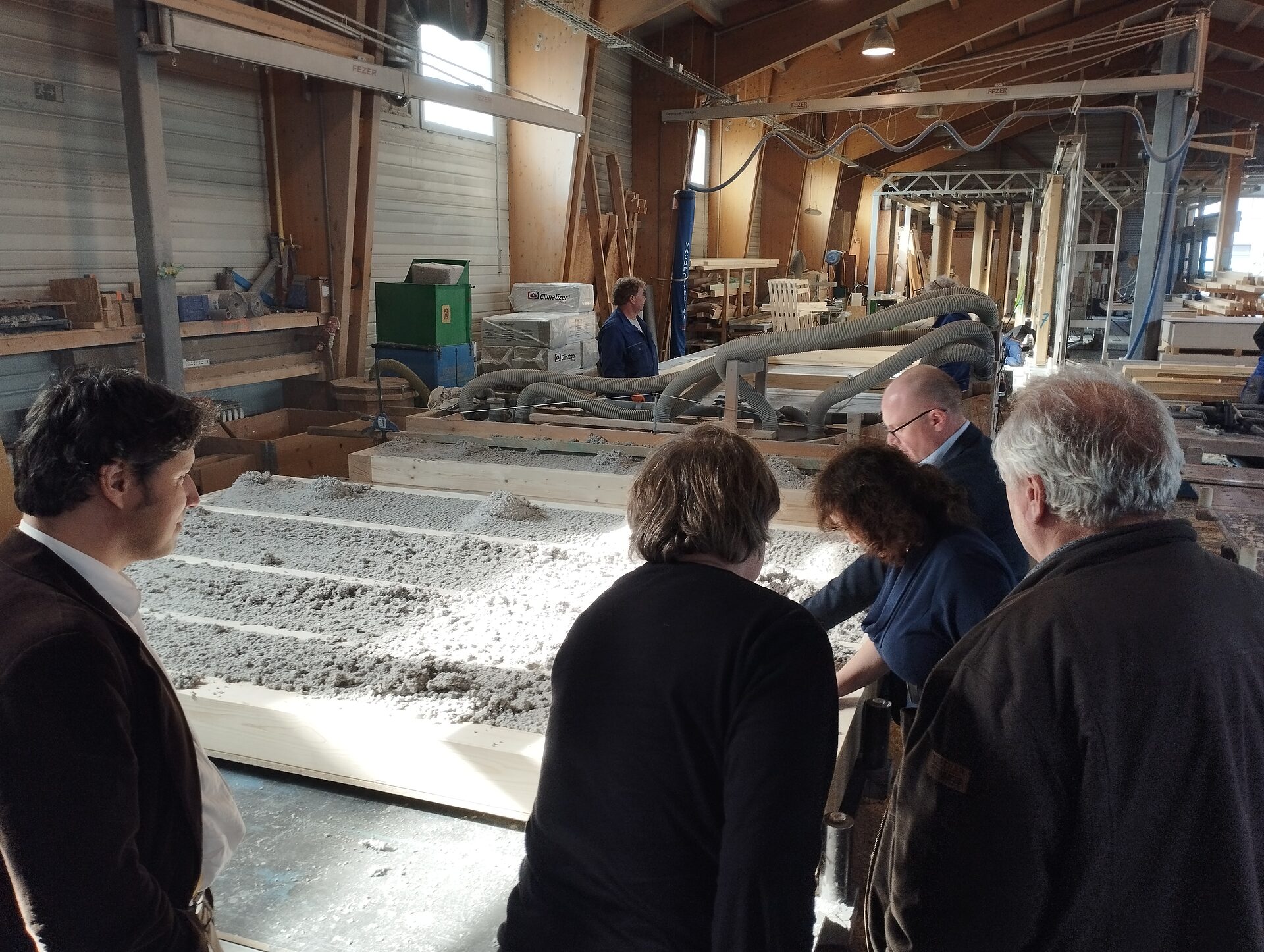
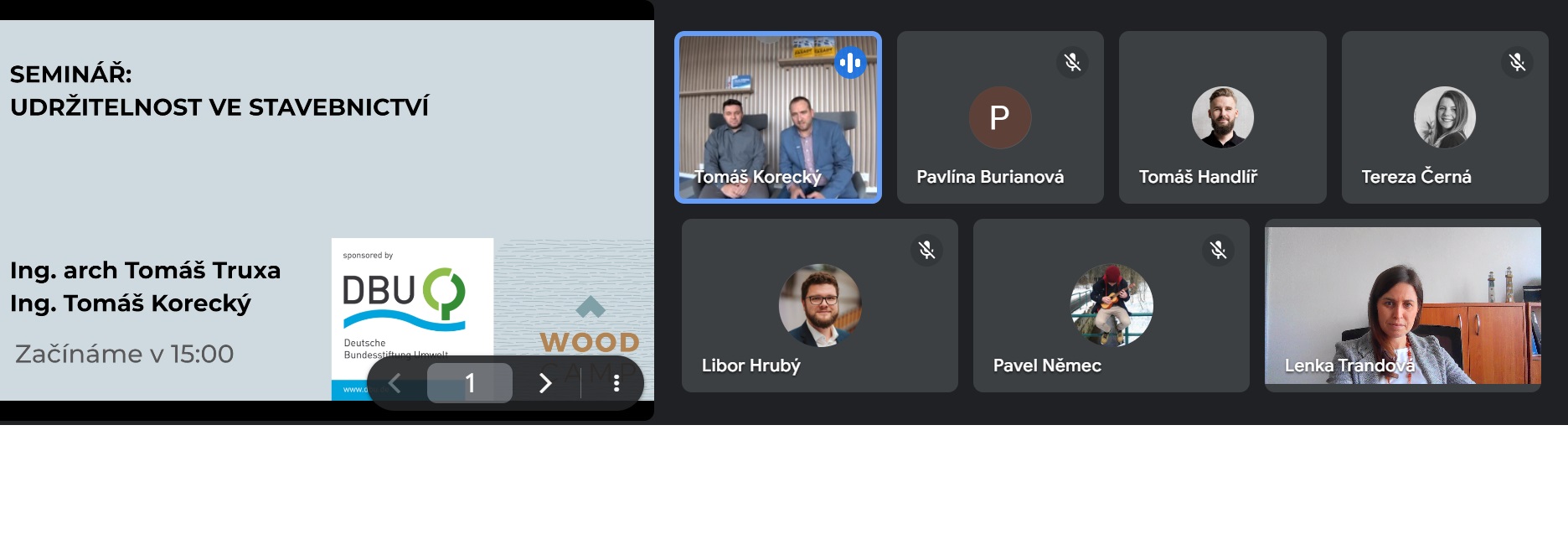
Funding topic 4: Climate and resource-friendly construction
Project implementation:
- Technical University of Berlin, Natural Building Lab, Department of Structural Design and Climate-Friendly Architecture
- Association of Prefabricated House Manufacturers (ADMD), Brno, Czech Republic
Places of work: Czech Republic and Germany
Funding period: January 2024 to April 2025
Project costs: Total volume: 277,564 euros, funding from DBU: 174,659 euros
DBU-AZ: 39325
Status: 26.08.2024
Cover picture: ADMD